Personal and Relationship Boundaries Therapy in Edmonton
People often seek out therapy for boundary violations after struggling for some time to address social challenges with family, friends, work, or other acquaintances. Therapy for boundaries work helps individuals navigate and establish healthy limits in their personal and professional relationships.
What exactly are boundaries
Simply put, boundaries are the parameters that you place around yourself which guide how you expect to be interacted with by yourself and others. There are a number of different types of domains across which we have boundaries including:
- time (ie. who can access you at what time and for how long)
- physical (ie. who can and cannot physically touch you and under what circumstances)
- emotional (ie. who will you support emotionally and under what circumstances)
- digital and communication (ie. who do I respond to a text message from at midnight)
- material belongings and finances (ie. to who and under what circumstances do I lend or give things to)
How do I know what a "good" boundary is
Fortunately, boundaries are highly individual for each person. Which is also part of what makes setting them challenging for some. To understand which boundaries that you need to set, you will need to be able to identify what feels okay for you and what does not.
While some boundaries that need to be set are easy to identify, others may be less clear. In this case, you may need to learn more about how the boundary-in-question feels in your body and emotionally. For example, imagine a compass that tells you if you are okay with something based on how it feels in your body. Once you begin to develop a sense of your internal compass, determining how you set limits is likely to become more straightforward.
Common misconceptions
Below are some of the most common misconceptions for setting and maintaining personal boundaries. Firstly, many people worry about how others will perceive them. Since boundaries may create expectations for how others behave towards you some people worry that they are unkind or mean. Secondly, a misconception about setting boundaries involves who the boundary is set for. Generally, these are parameters that you set for yourself and that you must be able to maintain.
“It is unkind or mean to set boundaries”
A boundary is a rule that you have for yourself. For example you could have a rule that you don’t accept hugs (from certain or all people) – that would be a rule for your body. If someone would like to do or have access to your body that you do not want – that is a consent issue. It is not okay, and would be unkind for someone to believe they should have access to violate your consent.
“I have to set boundaries for other people”
In most cases of setting and maintaining boundaries, you are actually not setting a rule for someone else, you are identifying and communicating your boundary. While this may seem like a small nuance, it is actually quite important. In adult relationships, we do not hav the ability to control others thoughts, feelings, or behaviours – if you did, your probably wouldn’t be reading about this in the first place. The boundaries you set are rules over yourself and ensuring the boundary is maintained must be based on a consequence that is within your control.
Therapy for creating and setting boundaries
Therapy is a space where you can explore boundaries and practice communicating and existing with limits that align with your own personal values.
Identifying what isn’t working currently
Most clients coming to therapy have a sense that something isn’t working and needs to change. They might realize that try to avoid certain people, or that they overcommit to things and then feel resentful or anxious. They might even find that things they willingly take on are having quite negative outcomes in their lives. First we explore the thoughts, emotions, and behaviours that are communicating with the client that change is needed.
Explore what change or experiment with
After figuring out what isn’t working, the client and therapist can work together to envision an alternate outcome that might work better for the client. We can experiment with different types of parameters, because it is just that – an experiment. By making a change and observing the results, you will gain information that you can use to help you make decisions.
Considering if the boundary would be flexible under certain circumstances
Practicing communicating in a way that feels right for you
There are a number of ways one can communicate these expectations. They can be communicated in advance of the issue actually occurring, or in the moment when it does happen. It can be communicated in a softer, gentler way, or in a firm, assertive style. Boundary communications can include an explanation or have no explanation. Each variation has advantages and disadvantages – and of course ultimately, we cannot control how other people interpret or feel towards these.
Exploring the imagined and real experience of guilt
Additional Resources
Book: Set Boundaries, Find Peace by Nedra Tawwab
Podcast: Setting Boundaries in Relationships on Psychiatry and Psychotherapy podcast
